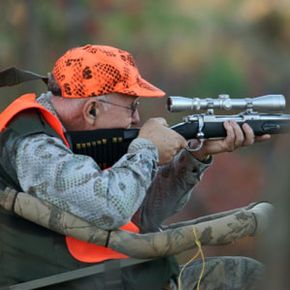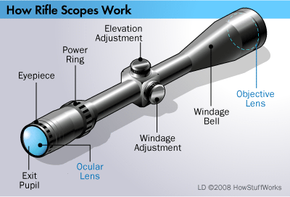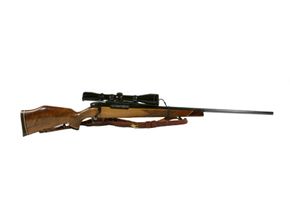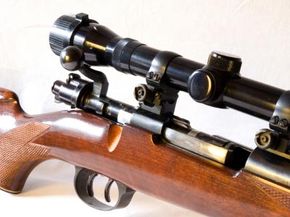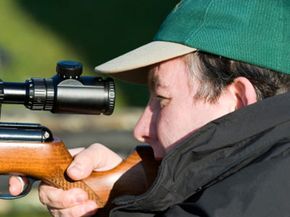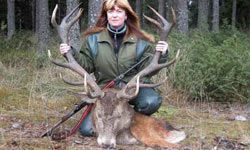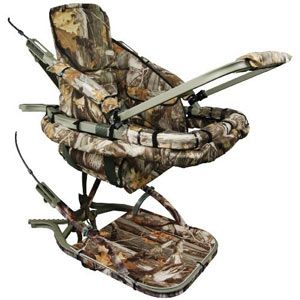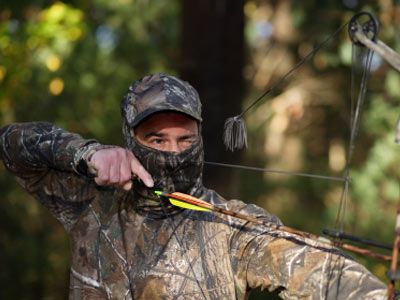A novice hunter walks into a gun store to buy a new hunting rifle. He asks lots of intelligent questions and examines each rifle carefully. The store owner asks the novice about the type of game in which the hunter is interested. Together, the store manager and novice look at the ammunition best suited for the game of choice. After careful consideration, the hunter purchases an expensive rifle, dropping more than $1,000 with a smile. Just before the store owner can ring up the purchase, the hunter adds a $50 rifle scope. The store owner pauses for just a moment. Then he sighs, rings up the purchase and the novice walks out of the store cheerfully.
What the novice hunter in our example doesn't understand is that the quality of a rifle scope can be more important than the quality of the rifle. A hunter can hit a target using a mediocre gun with a great rifle scope. But a hunter using a poor scope will have trouble hitting targets even with the best rifles on the market.
Advertisement
If you're not familiar with rifle scopes, they can be a little intimidating. They come in many different varieties. The type of scope you'll need depends heavily on the type of shooting you want to do. For example, a target shooter and a deer hunter will need different kinds of scopes.
To make matters even more complicated, no two rifles are exactly the same. Even if you compare two rifles made by the same manufacturer that are only one serial number apart, you'll find that each has its own quirks and traits. In other words, you can't mount the same type of scope to two different rifles the exact same way and expect matching results -- you're going to have to tweak your scope's settings.
We're going to unravel the mystery of the rifle scope. We'll learn how scopes can help you hit what you're aiming at but you're going to have to do a little work on your own. Let's start in the next section by taking a close look at the parts of a rifle scope.
Advertisement
